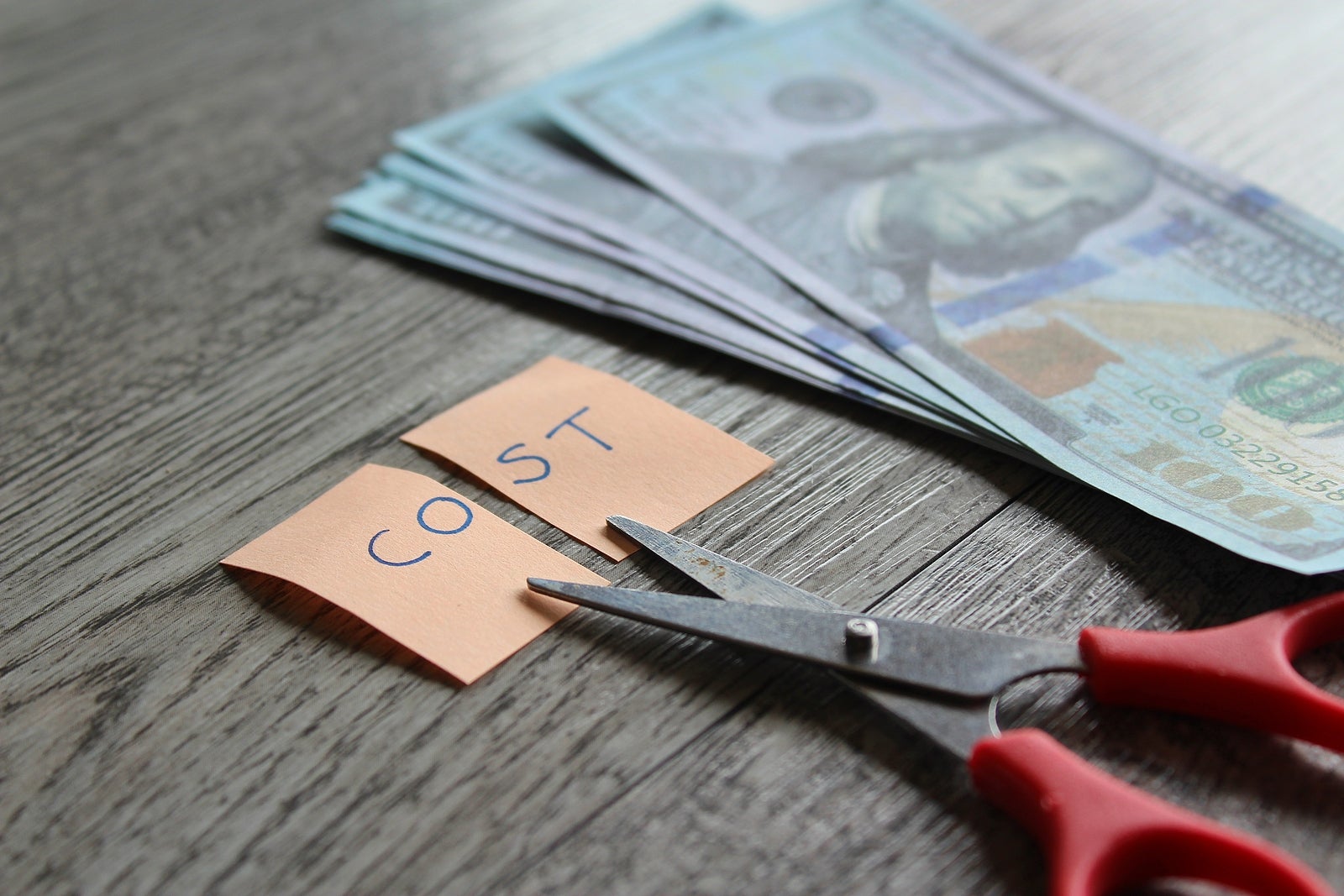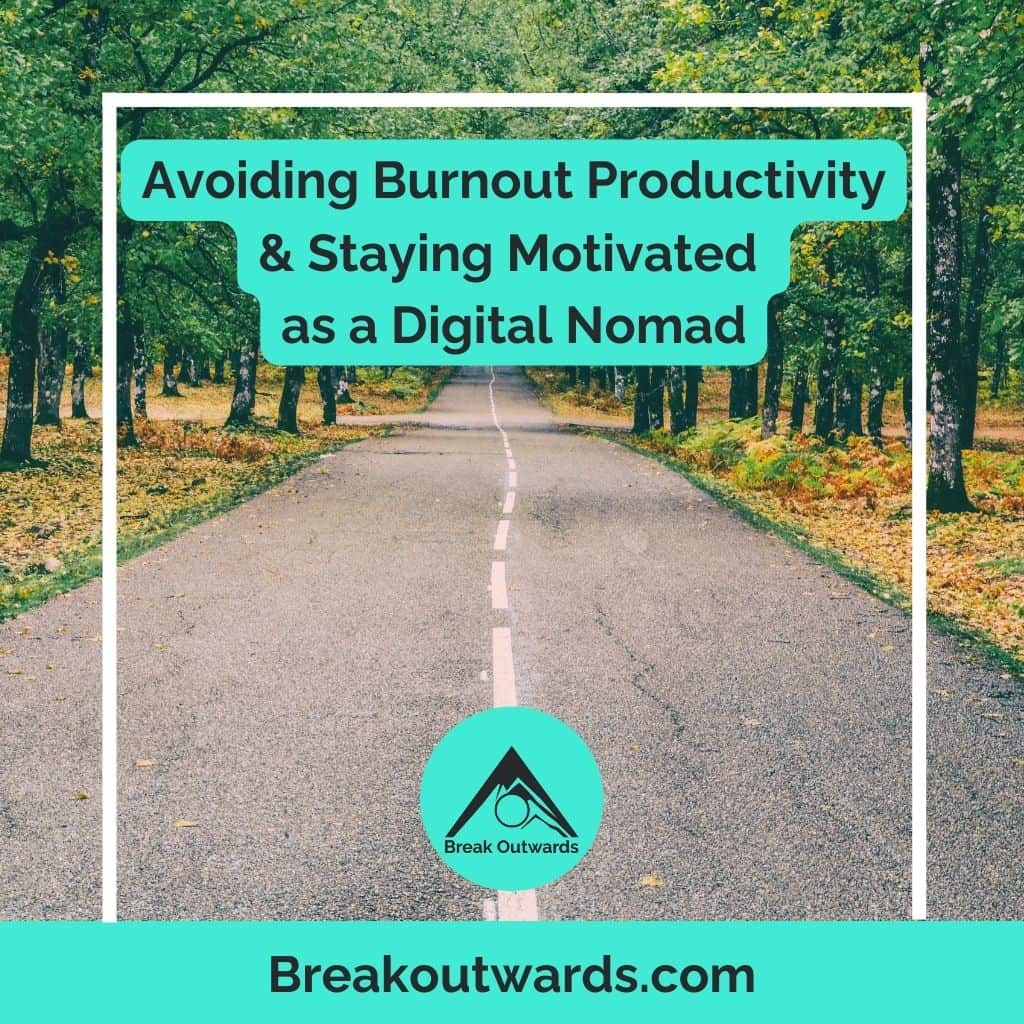Breaking Down the Myth of a Meager Income
Living on a limited income can be a daunting experience, but it’s not impossible. Many people assume that surviving on $1000 a month is a recipe for financial disaster, but with the right mindset and strategies, it’s possible to not only survive but thrive. The key is to challenge common myths surrounding financial struggles and focus on finding creative solutions to manage your finances effectively.
One of the biggest myths is that a limited income means a limited lifestyle. However, this couldn’t be further from the truth. With a little bit of planning and resourcefulness, it’s possible to enjoy a fulfilling life without breaking the bank. For example, instead of dining out at expensive restaurants, try cooking at home using affordable ingredients. Not only will you save money, but you’ll also develop a new skill and enjoy healthier meals.
Another myth is that living on a tight budget means sacrificing quality of life. While it’s true that some luxuries may need to be cut back, there are plenty of ways to enjoy life’s pleasures without overspending. Consider finding free or low-cost entertainment options in your community, such as hiking, visiting local museums, or attending outdoor concerts. By being mindful of your spending habits and making a few simple adjustments, you can enjoy a rich and fulfilling life on a limited income.
So, how do you survive on $1000 a month? It starts with a shift in mindset. Instead of focusing on what you can’t afford, focus on what you can. Be creative, be resourceful, and be patient. With time and practice, you’ll develop the skills and strategies needed to thrive on a limited income. Remember, it’s not about the amount of money you have, but about how you choose to use it.
Assessing Your Expenses: Where is Your Money Going?
To survive on $1000 a month, it’s essential to understand where your money is being spent. Tracking expenses is a crucial step in creating a personalized budget and identifying areas for reduction. Start by gathering all your financial documents, including bank statements, bills, and receipts. Categorize your expenses into needs (housing, food, utilities) and wants (entertainment, hobbies).
Use the 50/30/20 rule as a guideline to allocate your income. Fifty percent of your income should go towards necessary expenses like rent, utilities, and groceries. Thirty percent towards discretionary spending like entertainment, hobbies, and travel. And twenty percent towards saving and debt repayment. Be honest with yourself about your spending habits and make adjustments accordingly.
Consider using a budgeting app or spreadsheet to track your expenses and stay organized. Some popular options include Mint, You Need a Budget (YNAB), and Personal Capital. These tools can help you identify areas where you can cut back and provide a clear picture of your financial situation.
When assessing your expenses, look for opportunities to reduce costs without sacrificing quality of life. For example, consider canceling subscription services you don’t use, negotiating a lower rate with service providers, or finding free alternatives for entertainment. By taking control of your expenses, you’ll be better equipped to manage your finances and make the most of your $1000 a month.
Remember, creating a budget is not a one-time task. It’s an ongoing process that requires regular monitoring and adjustments. By staying on top of your expenses and making smart financial decisions, you’ll be well on your way to surviving and thriving on a limited income.
Cutting Costs Without Cutting Corners
Living on $1000 a month requires making some adjustments to your spending habits, but that doesn’t mean sacrificing quality of life. By implementing a few simple strategies, you can reduce your expenses without feeling like you’re missing out. One of the most effective ways to cut costs is to cook at home instead of relying on takeout or dining out. Not only will you save money, but you’ll also eat healthier and develop a new skill.
Start by planning your meals for the week, and make a grocery list to avoid impulse buys. Consider buying in bulk and using coupons to stock up on non-perishable items. You can also find plenty of free recipes online or use a meal planning app to help you stay organized. By cooking at home, you can save up to $500 a month, which is a significant chunk of your $1000 budget.
Another area where you can cut costs is by canceling subscription services you don’t use. Take a close look at your bank statements and identify any recurring charges that you can eliminate. This might include gym memberships, streaming services, or magazine subscriptions. By canceling these services, you can save up to $100 a month, which can be put towards more important expenses.
Finally, consider finding free entertainment options in your community. Instead of spending money on movies or concerts, look for free events at local parks, museums, or libraries. You can also try hiking, biking, or other outdoor activities that are low-cost or free. By being creative and resourceful, you can have a great time without breaking the bank.
Remember, the key to surviving on $1000 a month is to be intentional with your spending. By cutting costs without cutting corners, you can make the most of your limited income and still enjoy a fulfilling life. Whether it’s cooking at home, canceling subscription services, or finding free entertainment options, there are plenty of ways to reduce your expenses without sacrificing quality of life.
Maximizing Your Income: Exploring Alternative Revenue Streams
Living on $1000 a month can be challenging, but there are ways to increase your income and make the most of your limited budget. One of the most effective ways to maximize your income is to explore alternative revenue streams. This can include freelancing, selling items online, or taking on a part-time job. By diversifying your income streams, you can reduce your reliance on a single source of income and create a more stable financial foundation.
Freelancing is a great way to monetize your skills and experience. Platforms like Upwork, Fiverr, and Freelancer offer a range of opportunities for freelancers to find work. Whether you’re a writer, designer, or developer, there are plenty of ways to offer your services on a freelance basis. By freelancing, you can earn extra money on the side and build a portfolio of work that can help you attract more clients.
Selling items online is another way to increase your income. Platforms like eBay, Amazon, and Etsy offer a range of opportunities for sellers to list their items and attract buyers. Whether you’re selling handmade goods, second-hand items, or dropshipped products, there are plenty of ways to make money selling online. By selling items online, you can earn extra money on the side and build a business that can help you achieve financial stability.
Taking on a part-time job is another way to increase your income. Whether you’re working as a server, bartender, or retail sales associate, there are plenty of part-time jobs available that can help you earn extra money. By taking on a part-time job, you can earn extra money on the side and build a more stable financial foundation.
Remember, maximizing your income is all about being proactive and exploring alternative revenue streams. By freelancing, selling items online, or taking on a part-time job, you can increase your income and make the most of your limited budget. Whether you’re living on $1000 a month or more, there are plenty of ways to earn extra money and achieve financial stability.
Smart Shopping Strategies for the Frugal
Living on $1000 a month requires being mindful of every dollar spent. One of the most effective ways to save money is to shop smart. By using coupons, discount shopping, and buying in bulk, you can significantly reduce your expenses and make the most of your limited budget.
Couponing is a great way to save money on everyday items. Look for coupons online, in newspapers, and on product packaging. Some popular couponing websites include Coupons.com, RetailMeNot, and CouponCabin. By using coupons, you can save up to 50% on certain items, which can add up to big savings over time.
Discount shopping is another way to save money. Look for discounts at local stores, online retailers, and outlet malls. Some popular discount stores include TJ Maxx, Marshalls, and Ross. By shopping at discount stores, you can save up to 70% on certain items, which can be a big help when living on a limited budget.
Buying in bulk is also a great way to save money. Look for bulk discounts at stores like Costco, Sam’s Club, and BJ’s Wholesale Club. By buying in bulk, you can save up to 50% on certain items, which can be a big help when living on a limited budget.
Some specific products that offer the best value for the price include store-brand groceries, generic medications, and second-hand clothing. By choosing these options, you can save money without sacrificing quality.
Remember, smart shopping is all about being intentional with your spending. By using coupons, discount shopping, and buying in bulk, you can save money and make the most of your limited budget. Whether you’re living on $1000 a month or more, there are plenty of ways to shop smart and achieve financial stability.
Managing Debt and Building Credit
Living on $1000 a month can be challenging, especially when dealing with debt. However, with the right strategies, it’s possible to manage debt and build credit, even on a limited income. The first step is to create a debt repayment plan. Start by making a list of all your debts, including the balance, interest rate, and minimum payment. Then, prioritize your debts by focusing on the ones with the highest interest rates or the smallest balances.
Consider using the snowball method or the avalanche method to pay off your debts. The snowball method involves paying off the smallest balance first, while the avalanche method involves paying off the debt with the highest interest rate first. Both methods can be effective, but it’s essential to choose the one that works best for you.
Understanding credit scores is also crucial when managing debt and building credit. Credit scores range from 300 to 850, and a good credit score can help you qualify for lower interest rates and better loan terms. You can check your credit score for free on websites like Credit Karma or Credit Sesame.
Avoiding predatory lenders is also essential when managing debt and building credit. Predatory lenders often charge high interest rates and fees, which can make it difficult to pay off debt. Instead, look for lenders that offer fair interest rates and terms.
Building credit requires making on-time payments and keeping credit utilization low. Consider opening a secured credit card or becoming an authorized user on someone else’s credit account to start building credit. By managing debt and building credit, you can improve your financial stability and achieve long-term financial goals.
Remember, managing debt and building credit takes time and effort. However, with the right strategies and mindset, it’s possible to achieve financial stability and thrive on $1000 a month.
Staying Motivated and Avoiding Burnout
Living on a tight budget can be emotionally and mentally challenging. It’s easy to feel overwhelmed, stressed, and burnt out when dealing with financial constraints. However, it’s essential to stay motivated and focused on your financial goals to achieve success.
One way to stay motivated is to set small, achievable goals. Break down your long-term goals into smaller, manageable tasks that you can accomplish on a daily or weekly basis. Celebrate your successes, no matter how small they may seem, to keep yourself motivated and encouraged.
Another way to stay motivated is to find ways to make your budgeting process more enjoyable. Listen to music or podcasts while you work on your budget, or reward yourself with a small treat after completing a task. Make budgeting a game or a challenge to see how much you can save or how quickly you can pay off debt.
Avoiding burnout is also crucial when living on a tight budget. Make sure to take breaks and practice self-care to avoid feeling overwhelmed and exhausted. Take a walk, read a book, or spend time with friends and family to take your mind off your finances.
It’s also essential to maintain a positive outlook despite financial constraints. Focus on the things you can control, such as your spending habits and financial decisions, rather than worrying about things outside of your control. Practice gratitude by focusing on the things you’re thankful for, rather than dwelling on what you don’t have.
Remember, living on $1000 a month requires patience, persistence, and creativity. By staying motivated, avoiding burnout, and maintaining a positive outlook, you can achieve financial stability and thrive despite financial constraints.
Long-Term Planning: Building a Secure Financial Future
Living on $1000 a month requires careful planning and management of finances. However, it’s also essential to think about the future and plan for long-term financial security. By setting financial goals, creating a savings plan, and investing in a secure financial future, you can ensure that you’re prepared for whatever life throws your way.
Start by setting specific, achievable financial goals. Do you want to save for a down payment on a house? Pay off debt? Build up your emergency fund? Whatever your goals, make sure they’re specific, measurable, and attainable.
Next, create a savings plan that works for you. Consider setting up automatic transfers from your checking account to your savings or investment accounts. This way, you’ll ensure that you’re saving regularly without having to think about it.
Investing in a secure financial future is also crucial. Consider contributing to a retirement account, such as a 401(k) or IRA. You can also invest in a diversified portfolio of stocks, bonds, and other assets to help your money grow over time.
Remember, building a secure financial future takes time and effort. However, by starting early and being consistent, you can achieve financial stability and security, even on a limited income.
By following these tips and strategies, you can thrive on $1000 a month and build a secure financial future. It’s not always easy, but with the right mindset and plan, you can achieve financial stability and success.





